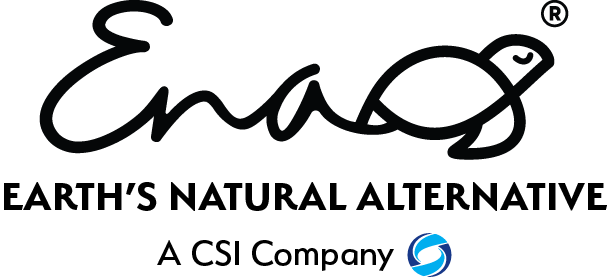Banning Styrofoam
Through efforts in recent years, the negative effects of non-recyclable, non-compostable single-use items such as plastic and Styrofoam are being exposed. And finally, politicians are also listening, and working to reform laws to help curb human use of single-use items.
One of the worst offenders is Styrofoam, aka polystyrene. This is a strong, petroleum-based plastic. Polystyrene’s history dates back to 1839, but its commercialization wasn’t until the 1930s. It was then that scientists at BASF (Badische Anilin & Soda-Fabric) developed commercially manufactured polystyrene. In 1937, these polystyrene products were introduced to the US public by a company called Dow Chemical. But it wasn’t until 1954 that the product we know today as Styrofoam was introduced.
For many years, consumers only saw the benefits of Styrofoam (light weight, good insulation properties, and advantage as a packing material for shipping without adding weight), and not the negatives. But there are some big negatives to this product.
What’s wrong with Styrofoam?
For the Earth: Styrofoam is non-biodegradable and seems to last forever. It’s resistant to photolysis, or the breaking down of materials by photons originating from light.
For the Air: The National Bureau of Standards Center for Fire Research has found 57 chemical byproducts released during the creation of Styrofoam. This not only pollutes the air, but also results in liquid and solid toxic waste that requires proper disposal. Another cause for concern are the brominated flame retardants that are used on Styrofoam products. Research suggests that these chemicals may have negative environmental and health effects. Also, Styrofoam is made from petroleum, which is a non-sustainable resource, the production of which creates heavy pollution and accelerates climate change.
For Animals and the Ocean: Marine organisms suffer because Styrofoam causes choking, starvation and a buildup of toxic chemicals in their tissues. In addition to killing turtles, fish and birds, the toxic chemical buildup in these organisms over time ends up in our own food supply.
For UnAware Users: Styrofoam containers are commonly used for take-out food, but chemicals can leach into it and contaminate that food, affecting human health and reproductive systems. This effect is further accentuated if food is reheated while still in the container (NOTE: Never reheat food in a Styrofoam container!)
Directly Effecting Human Health: The U.S. Environmental Protection Agency (EPA) and the International Agency for Research on Cancer have established styrene as a possible human carcinogen. Those who work in styrene product manufacturing and are regularly exposed to high levels of styrene have experienced acute health effects, including irritation of the skin, eyes, and upper respiratory tract. Chronic exposure to styrene leads to further complications, including effects on the nervous system.
What’s being done?
Disposable polystyrene (EPS) coffee cups, bowls, plates, trays, and foamy clamshell-style cartons have all been banned from certain cities and states. Packing peanuts are banned too.
San Francisco was the first city in the US to prohibit the use of polystyrene use in all to-go food containers, as well as ban plastic shopping bags and plastic water bottles . Other cities like New York City, Miami, Seattle, Los Angeles, and Washington DC banned polystyrene shortly after. Cities in other countries are acting too, in such places at Australian, India, Ethiopia, and France.
Besides cities, whole states have banned polystyrene. Maine first, then Maryland, and more to come for sure. There are fines such as $100 or $250 for those who are found using styrofoam products.
What can You do?
As always, use your ENA products to replace Styrofoam, especially for plates, cups, and to-go containers. ENA’s products are compostable (will decompose in the Earth), making a big difference in sustainability.
And make sure to keep up-to-date on local government policies, and writing your local representatives about banning Styrofoam helps too!
Sources: https://green-mom.com/styrofoam-bad-environment/#.XX6vdC2ZM_V
https://nopolynofolly.wordpress.com/2016/10/11/5-cities-that-banned-polystyrene/

